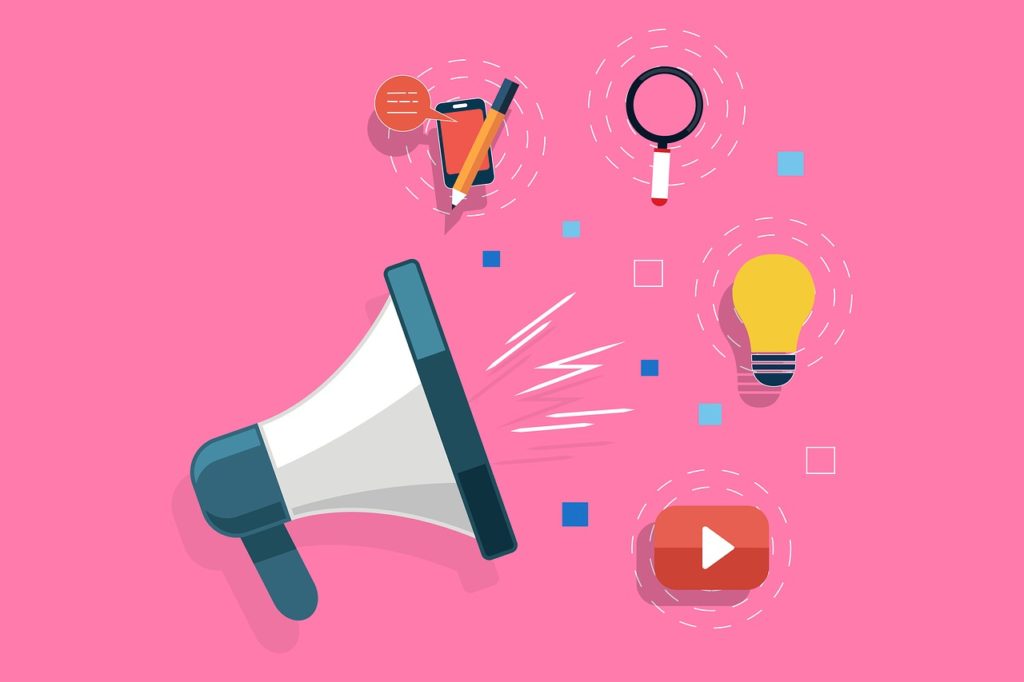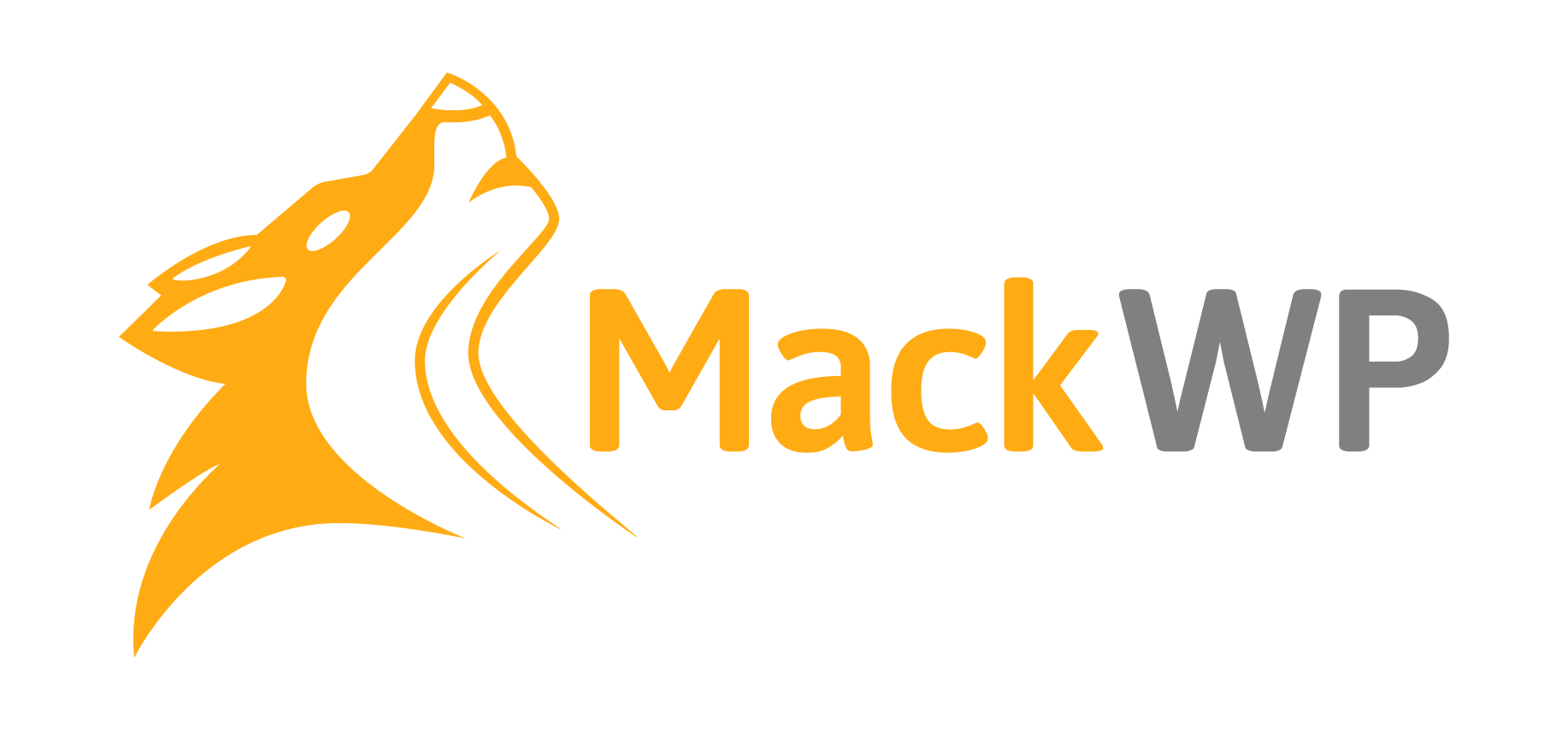
You don’t even need marketing experience to know that B2C (Business to consumer) and B2B (Business to Business) marketing are very different. When it comes to content marketing, there is no exception to that difference. From the channels, you’ll utilize the messaging and frequency are all determined by your audience.
Content marketing has changed immensely over the years, from Benjamin Franklin’s “Poor Richard’s Almanack” to promote his publishing business to the development of social media. How have businesses evolved with those changes? B2C businesses were the early adopters of social media, proactively to engage with their audiences. Does it surprise you to hear that some B2B Businesses are still skeptical that Social Media can benefit their business? Is your business one of them?
While it may not surprise you that B2B and B2C content marketing are different, having a sound understanding of those differences will benefit you with your strategy.
We’re going to cover 5 major differences in this article so buckle up and let’s get started!
Know your audience/Consumer motivation.
What primarily drives your visitors to B2B business is the value that you offer. In B2C, your visitors are more likely motivated by their emotions.
When marketing for a B2C, the primary goal is to push consumers to products on your company’s website and website. How do you trigger the conversion? B2C customers like to be entertained and completely satisfied with their purchase. Again, it’s emotional in this case and you can take advantage of using stories to pull emotional triggers that make them want to buy.
Becoming a thought leader in your industry for B2B incredibly valuable. Demonstrating your expertise in the content you put out will drive consumers to you. A buyer in a B2B business has several goals such as the best price, quickest delivery, and more. However, their main goal is to be as educated as possible in their decision-making process and your expertise can show that you’re able to help them with that.
In the B2B realm, the content you produce not only gains a buyer’s trust, it gains their business as well. Where can you best demonstrate your expertise? This is where blogs display their value and should be a part of your content strategy. Blogs allow you to demonstrate your expertise and elevate your brand as an industry leader, starting the selling process before any actual selling takes place. You may also promote your blog through your social media channels to help drive traffic to your website.
Content.
What does the word “content” bring to mind? I think our thought process has come along further in recent years but go back a decade or two and I believe most individuals would have thought of content as written words. I am sure most of you reading are aware that content is also visual, audio, and more. Infographics are a great mix of written and visual.
When it comes to content marketing for B2C and B2B, you do not want to over-promote. This means do not only put out content that is directly selling your product. I good guide is 80/20; 80 percent of your content being a value add to your audience with 20 percent promoting your product. I err on the conservative side here, trying to only put out 10 to 15 percent of my content being promotional. Your audience doesn’t so much care about your company as they care about what is in it for them. When you consistently create and put out value-adding content, you will be viewed as a thought leader. You and your brand will be top of a buyer’s mind when looking to make a purchase and you didn’t even have to be all “salesy.”
Typically in B2B Content Marketing, You want to create content that focuses on brand awareness and lead generation. This will be logical content that demonstrated your expertise and why a buyer should look to you and your company as a thought leader. As such, your content will come from a position of authority that is detailed; white papers and ebooks are often part of your strategy. Be prepared to invest your time and efforts in nurturing the relationships you cultivate.
B2C is a different beast altogether. You’ll be creating content that focuses on generating a buzz while pulling an emotional trigger to generate a sale. There is enough on emotional triggers alone to create another article (we will in due time!), we’ll just highlight that this emotional trigger may pique their curiosity (often the case with my purchases), play on their social status, and make them feel that they need your product. Your content will be friendly and entertaining. User-generated content is also powerful, just make sure you satisfy your customers so there is no negative content generated by users. The conversion cycle is much shorter in B2C, often being short, impulsive buys triggered by emotions.
Channels.
It seems like new social media channels are coming out every other day! Not really, but there are many of them with new ones coming out. How do you navigate these channels and which do you use for your business?
B2C is virtually unlimited when it comes to channels and reaching prospective customers. All of the different social media channels may be beneficial to you; albeit the four main ones are Facebook, Twitter, Instagram, and Youtube. I would put less emphasis on LinkedIn when marketing for a B2C business only because it is more of a B2B channel. A B2C business has an almost endless supply of images for a post that they are able to take themselves, especially when you have a physical product. Video is king with conveying a clearer message while gaining more engagement.
B2B should put an emphasis on LinkedIn. Being a professional network, LinkedIn has built a reputation as this social media site for B2B. There is no better channel to connect with potential leads when marketing business products and services. LinkedIn literally has access to every level of a companies’ organizational structure and every size business. LinkedIn’s Sponsored Updates offer the opportunity for B2B content marketers to get their messages in front of highly-targeted business buyers.
According to Hubspot, LinkedIn Sponsored Updates to generate 400% more leads with their target audience than other platforms (read more here).

Goals & Metrics
There are differences when setting goals and how to measure them between B2B and B2C content marketing.
B2C is primarily about engagement and brand awareness. Creating entertaining content that triggers an emotional response with your audience will be key to achieving your goals. You may measure your engagement (shares, comments, and likes) as well as your followers. In other words, creating viral content is the focus.
What is “viral content?” According to whatis.com: Viral content is material, such as an article, an image, or a video that spreads rapidly online through website links and social sharing. The internet meme, a classic example of viral content, usually takes the form of a video or an image with one or two lines of text. However, any kind of online content that appeals to users enough to make them want to share it can be spread virally. (Whatis)
B2B has one primary goal and that is lead generation. Creating content that demonstrates your expertise, making you a thought leader and a trusted source for industry information is the key to achieving your goal. The number one way to measure this web traffic. Remember, sharing your blogs through your social media channels is a great way to funnel your audience to your website (kind of like what we’re doing here.).
There are many differences between B2B and B2C content marketing and understanding them is pivotal in your marketing strategy. We covered four differences above. What other differences do you face between B2B and B2C content marketing? Let us know in the comments below.
Until next time, keep smiling.

Recent Comments